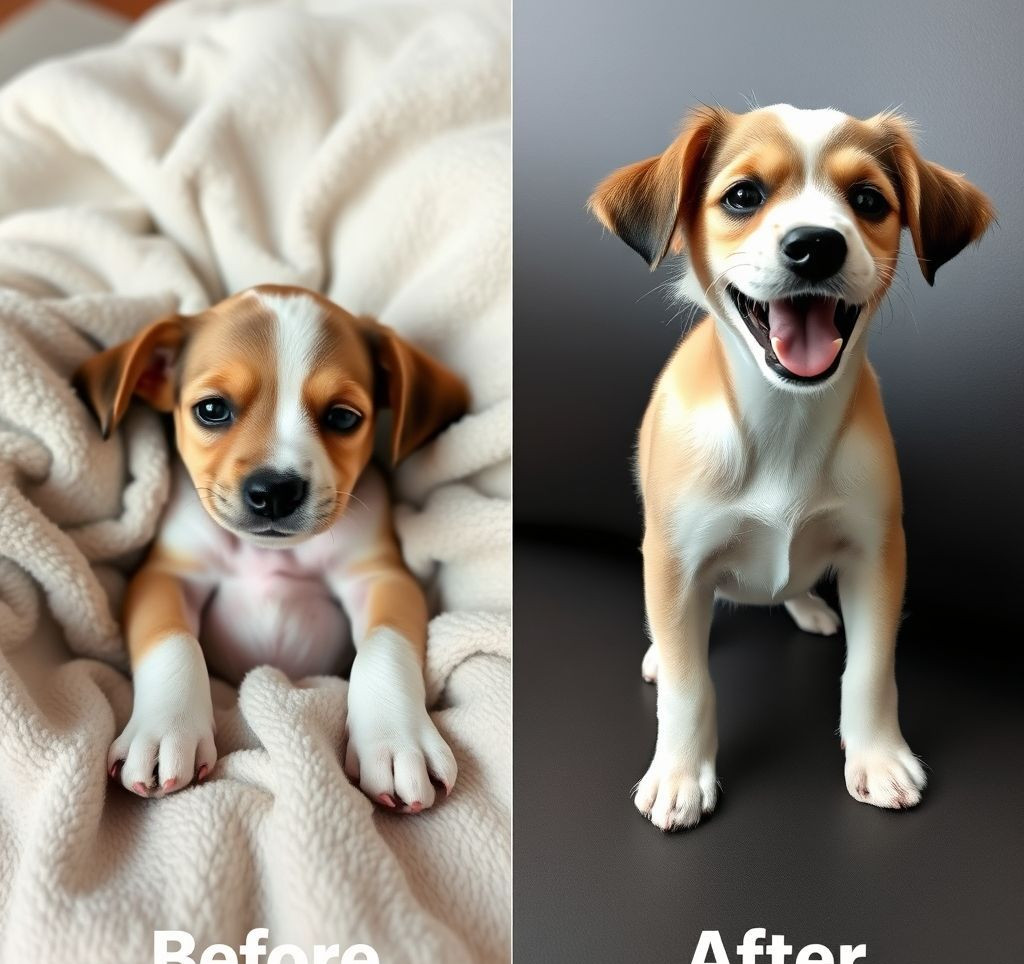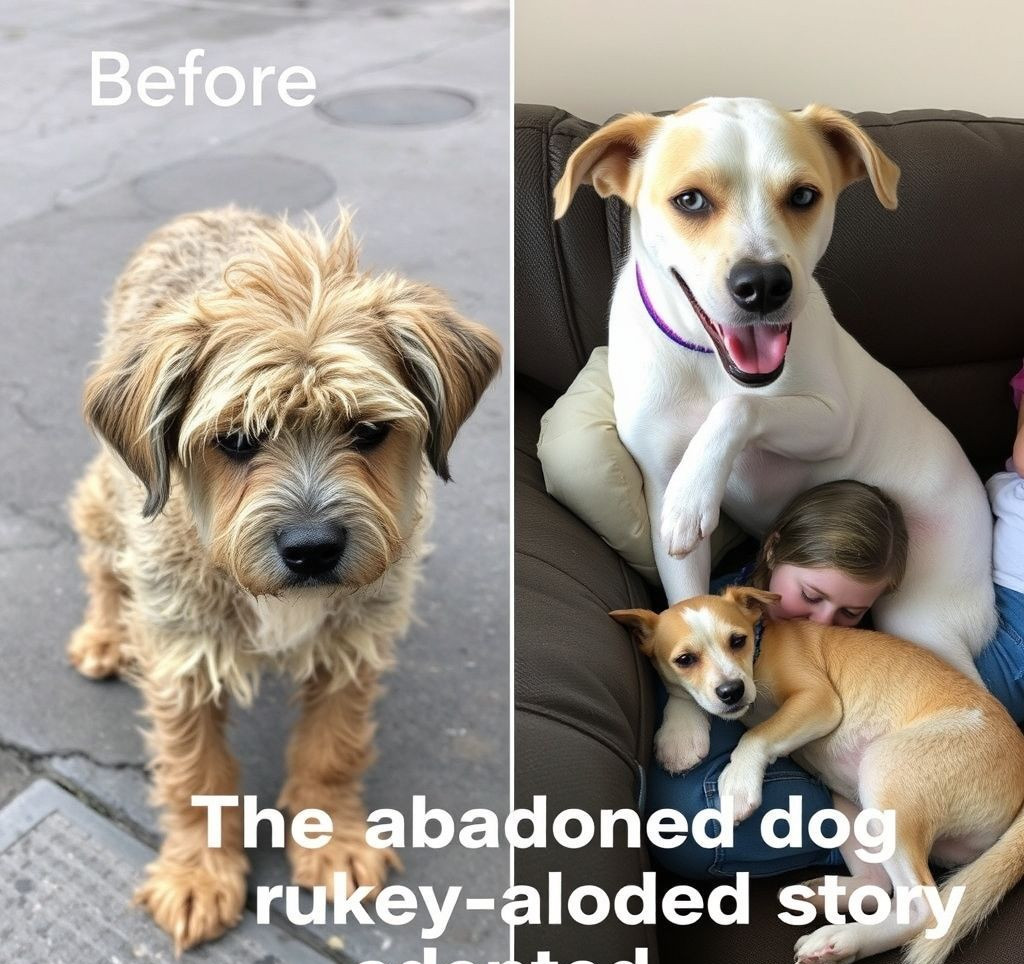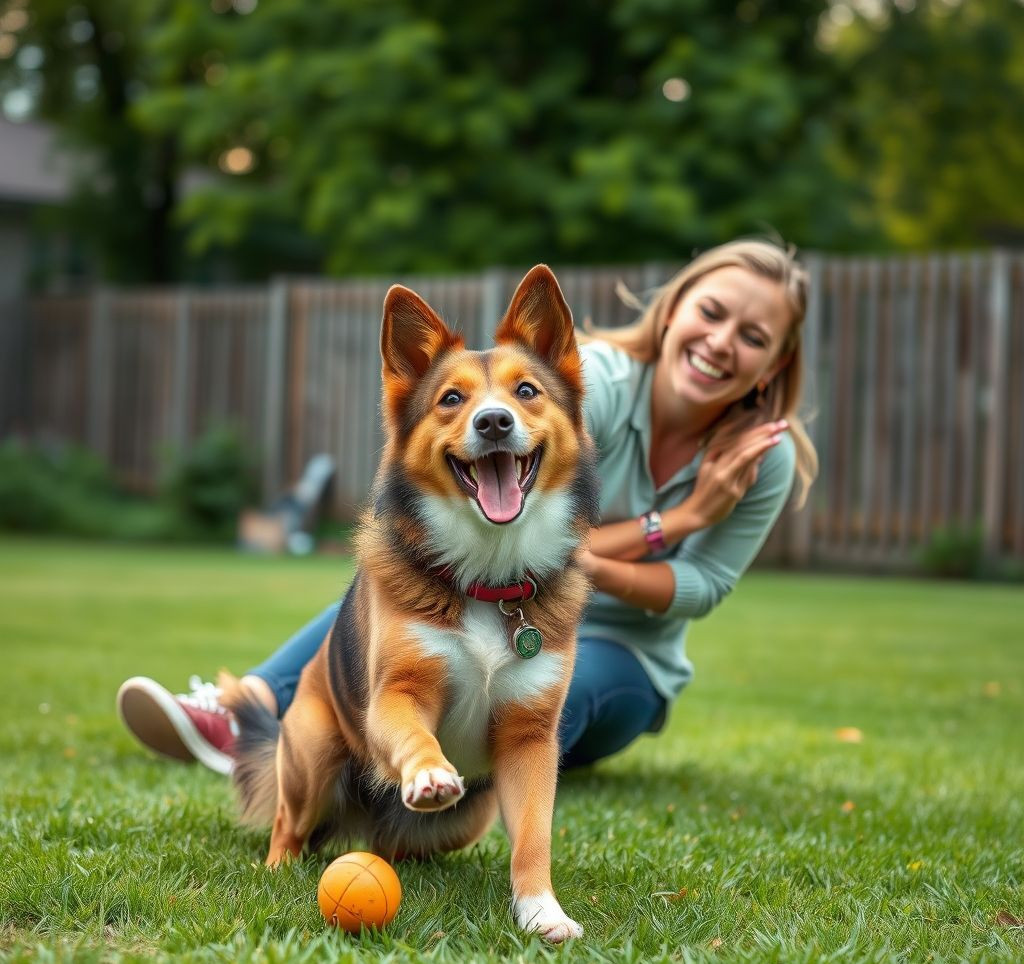The Unfolding Journey of Podling: Hope in Every Paw
In the vast world of canine companions, every wagging tail tells a story. Some are tales of simple joy, while others speak of remarkable resilience. Among the latter is the heartwarming narrative of Podling, a tiny pup whose early life presented unique challenges, ultimately leading to a story of perseverance and a deeply cherished swimmer puppy syndrome podling dog adoption. This journey offers a beacon of hope and valuable insights for anyone touched by the needs of special pups.
Understanding Podling’s Early Hurdle: The Canine Development Challenge
Podling was born with a condition that, while sometimes concerning, is manageable with dedicated care. This condition, often colloquially referred to as ‘swimmer puppy syndrome’, affects the development of a puppy’s limbs and their ability to stand and walk normally. Puppies with this condition might appear to ‘swim’ or splay their legs outwards.
Why this concept is crucial for potential adopters and rescuers:
- Early intervention is key: Prompt identification and support can significantly improve outcomes for affected puppies.
- Proactive care benefits: Understanding the condition allows for tailored support, leading to a higher quality of life.
- It’s a temporary challenge: With the right approach, many puppies overcome these early developmental issues.
- Emotional rewards: Witnessing a puppy’s progress can be incredibly fulfilling and strengthens the human-animal bond.
The Foundation of Recovery: Podling’s Supportive Environment
The path to recovery for any puppy, especially one facing developmental challenges, relies heavily on a supportive and stimulating environment. For Podling, this meant a commitment to specific care protocols designed to encourage proper muscle development and coordination.
Essential elements for Podling’s recovery included:
- Gentle handling: Ensuring movement was supported and comfortable.
- Specialized surfaces: Providing textured mats or non-slippery surfaces to help puppies gain traction.
- Encouraging movement: Facilitating controlled exercises that built strength.
- Nutritional support: A balanced diet to fuel growth and healing.

A Step-by-Step Approach to Podling’s Progress
Podling
’s journey involved a structured rehabilitation plan. While the specifics can vary, the core principles focus on aiding the puppy’s natural development:- Initial Assessment: Veterinary professionals and experienced breeders or rescuers evaluated Podling’s condition to determine the most effective course of action.
- Physical Therapy: This was crucial. Gentle exercises, often including passive range of motion and assisted walking on varied textures, were performed. A popular and effective method involves using a specially designed harness that provides support and gentle resistance, helping to build muscle strength.
- Environmental Enrichment: Creating opportunities for the puppy to explore and interact in a safe, stimulating environment encouraged natural movements.
- Monitoring and Adjustment: Progress was consistently monitored, with the rehabilitation plan adjusted as Podling grew and his capabilities evolved.
It’s important to note a statistic that highlights the dedication required: “Puppies undergoing consistent physical therapy can see significant improvements in mobility within weeks, though the timeline is highly individualized.”
Expert Insights and Best Practices for Podling’s Journey
The success of Podling’s path to adoption is a testament to informed care and unwavering love. Experts in canine physical rehabilitation emphasize several key practices:
“Patience, consistency, and a deep understanding of a puppy’s developmental needs are paramount. Every small victory in assisted mobility builds towards eventual independence.” – Dr. Anya Sharma, Canine Rehabilitation Specialist.
Expert tips and best practices observed:
- Consistency is key: Adhering to the rehabilitation schedule daily produces the best results.
- Positive reinforcement: Rewarding even small successes with praise and treats encourages continued effort.
- Avoid overexertion: Pushing a puppy too hard can be counterproductive. Gradual progression is vital.
- Consult professionals: Regular check-ins with veterinarians and physical therapists ensure the plan remains appropriate and effective.
- Focus on the ‘why’: Remembering the ultimate goal—a happy, healthy, and adoptable companion—provides motivation during challenging times.
Podling’s story is more than just a recovery; it’s an inspiration. It underscores the profound impact of dedicated care and the immense joy that comes from the swimmer puppy syndrome podling dog adoption, showing that with love and attention, even the most challenging beginnings can lead to the happiest of endings.
“`







